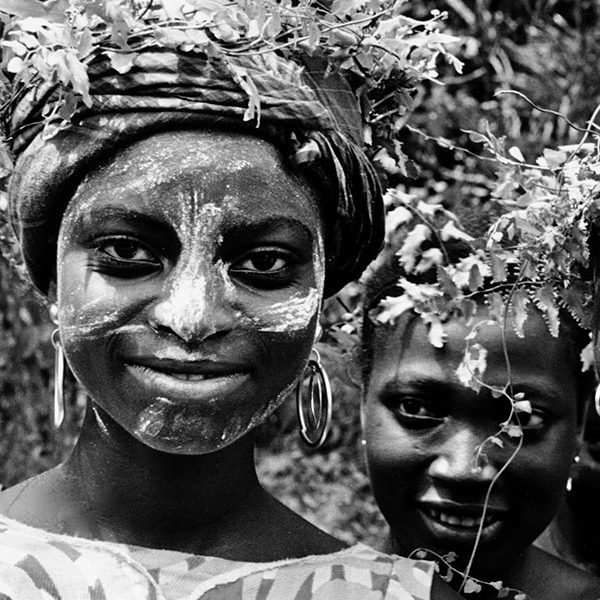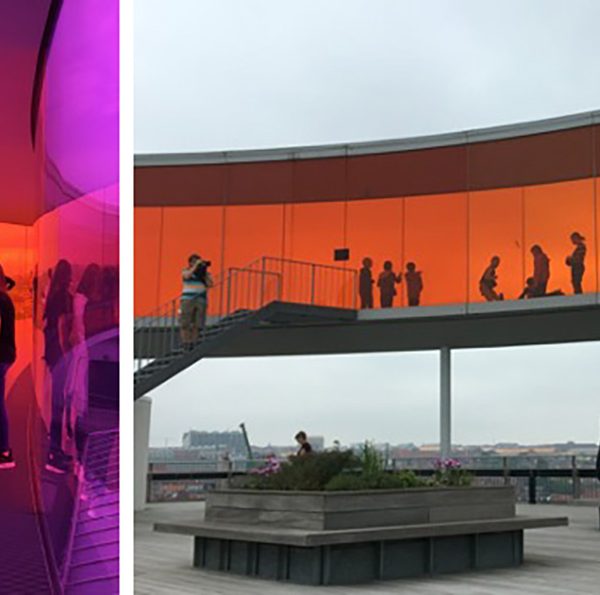A Personal Canon: Katie Hornstein on Five Influential Texts
My recent book, Picturing War in France, is ostensibly about war imagery produced during the first half of the nineteenth century in France. It is also a book about questions of taste, quality, and the hallowed canon of art history. The subject of war imagery allowed me to challenge my field’s devotion to studying artists who are the “winners” in art history, this is to say the artists who are seen by historians to break the rules, challenge the status-quo and make a resistant, critical art. I relegate the big-name artists of the period to the background. They appear only as foils to my larger preoccupation with works that proliferated across a remarkable range of traditional and emergent media and which defy many of our conventional understandings of quality and value. Here are five books that helped me think through these kinds of questions.
Jacques Rancière, The Politics of Aesthetics: The Distribution of the Sensible, translated by Gabriel Rockhill (2004)
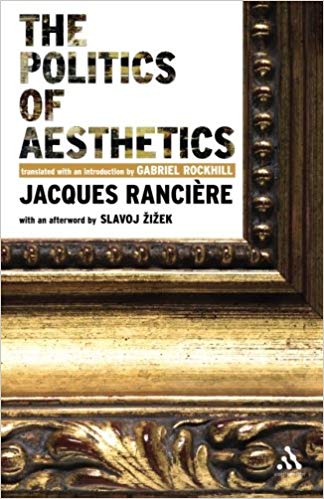
Rancière’s writing was useful for helping me theorize the politics of war imagery without reducing it to a form of “top-down” propaganda in the service of official politics, which is something that I wanted to avoid in the book. I reasoned that the relationship between pictures of war and viewers was more complex than questions related to its usefulness to those in power. Rancière’s work on “sensibility,” visuality, and an enlarged idea of the political helped me to conceive of alternative ways for war pictures to occupy more diffuse political meanings beyond officialdom.
Maurice Samuels, The Spectacular Past: Popular History and the Novel in Nineteenth-Century France (2004)
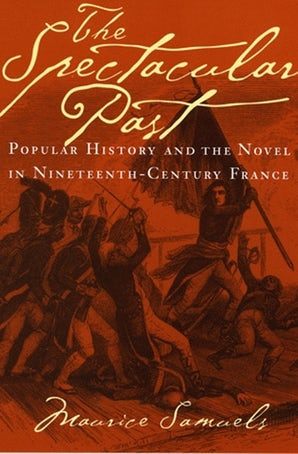
Maurice Samuels’ The Spectacular Past places canonical nineteenth-century French literature (Stendhal and Balzac) in dialogue with the period’s visual spectacles, such as the diorama and the panorama. In so doing, Samuels demonstrates the fluidity between these seemingly separate domains of cultural production. This was something that I was interested in doing in my work, so the book inspired me to attempt something similar with fine art and more “lowly” forms of the visual that have traditionally been outside of the domain of art history.
Walter Benjamin, The Work of Art in the Age of Its Technological Reproducibility, and Other Writings on Media, ed. Michael W. Jennings, Brigid Doherty, and Thomas Levin, trans. Edmund Jephcott, Rodney Livingstone, Howard Eiland, et al. (2008)
Walter Benjamin, The Arcades Project, trans. Howard Eiland and Kevin McLaughlin (2002)

Relative to the more highly valued sectors of nineteenth-century art history, war imagery is the cast-off material of nineteenth-century visual culture, its detritus. I would have never contemplated the possibility of studying this kind of material whose abundance in the past was one of its defining features, without having first read Walter Benjamin’s writings on media and visual culture. I can’t really claim to have “read” the Arcades Project in all of its multifarious entirety, but the “convolutes” are a tour-de-force demonstration of what it is to mine the nineteenth century for its bygone features that are now buried in history’s rubble. Benjamin challenges us to reactivate this rubble and force it into a conversation with our troubled present.
Stephen Bann, Parallel Lines: Printmakers, Painters, and Photographers in Nineteenth- Century France (2001)
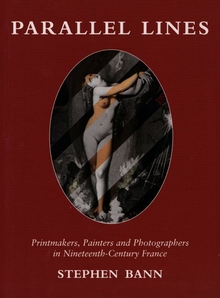
I first encountered Bann’s work on print cultures in graduate school at the University of Michigan. Along with Benjamin’s work on discarded nineteenth-century visual forms, Bann’s book on the relationship between the period’s print media helped me view these objects as a constellation of overlapping technologies and helped me understand photography as one print medium among many available image technologies at the time. Bann’s arguments against what he calls “photographic exceptionalism” were so important for my own ideas about early war photography and its relationship to painting.
Richard Taws, The Politics of the Provisional: Art and Ephemera in Revolutionary France (2013)
Todd Porterfield and Susan Siegfried, Staging Empire: Napoleon, Ingres, and David (2006)
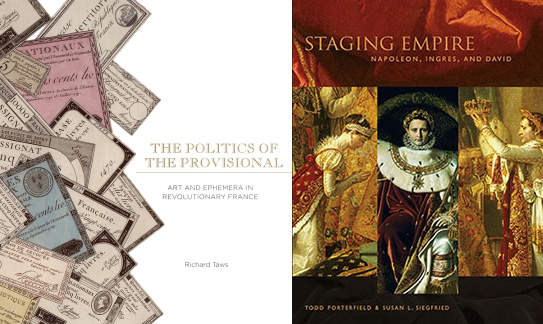
Both of these two groundbreaking books were important for shaping my ideas about art and politics in the Revolutionary and Post-Revolutionary era. I put them together here because they show how a range of differend kinds of visual production in France around the turn of the nineteenth century responded to and shaped the period’s politics. Taws addresses visual cultures of ephemerality and shows their centrality to the transformative political (and aesthetic) upheaval of the period. Taws’ objects of analysis, including currency, temporary festival architecture, were fleeting and often regarded as outside of the bounds of “fine art.” On the opposite end of the spectrum, Siegfried and Porterfield’s Staging Empire concerns the production and reception of the most esteemed artistic media of the day: academic, grand manner oil paintings by Jean-Auguste Dominique Ingres and Jacques-Louis David. Both books offer sophisticated, sensitive political analyses of works of art that operated within and across very different social, political, and material registers.
Katie Hornstein is associate professor of art history at Dartmouth College. She is the author of Picturing War in France, 1792-1856.
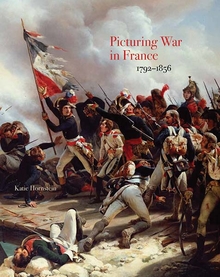
Bibliography
Bann, Stephen. Parallel Lines: Printmakers, Painters, and Photographers in Nineteenth- Century France. New Haven: Yale University Press, 2001.
Benjamin, Walter. The Work of Art in the Age of Its Technological Reproducibility, and Other Writings on Media, ed. Michael W. Jennings, Brigid Doherty, and Thomas Levin, trans. Edmund Jephcott, Rodney Livingstone, Howard Eiland, et al. Cambridge, Mass.: Belknap Press of Harvard University Press, 2008.
Benjamin, Walter. The Arcades Project, trans. Howard Eiland and Kevin McLaughlin. Cambridge, Mass.: Belknap Press of Harvard University Press, 2002.
Porterfield, Todd and Susan Siegfried. Staging Empire: Napoleon, Ingres, and David. University Park: Pennsylvania State University Press, 2006.
Rancière, Jacques. The Politics of Aesthetics: The Distribution of the Sensible, trans. Gabriel Rockhill (London: Continuum, 2004).
Samuels, Maurice. The Spectacular Past: Popular History and the Novel in Nineteenth-Century France. Ithaca, N.Y.: Cornell University Press, 2004.
Taws, Richard. The Politics of the Provisional: Art and Ephemera in Revolutionary France. University Park: Pennsylvania State University Press, 2013.
























